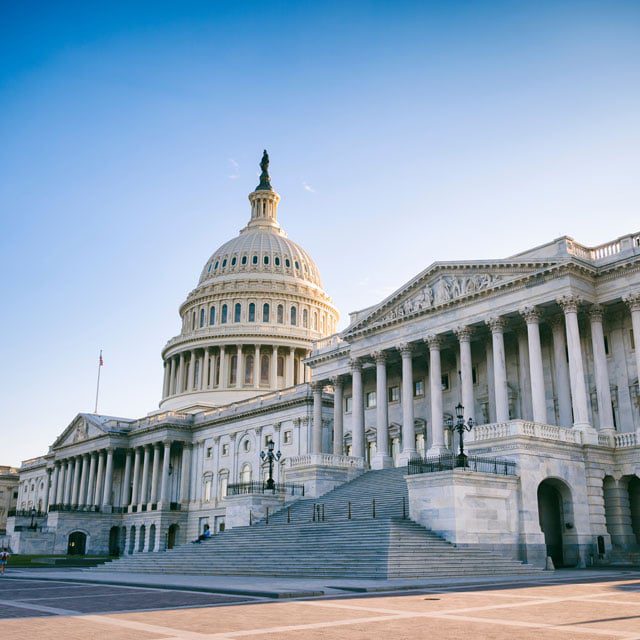Congress Gets a Nudge on 'Too Big to Fail' Life Insurers

What You Need to Know
Congressional Research Service articles do not set policy but may frame how policymakers think.
A CRS analyst points out that federal agencies helped bail out nonbanks in 2008 and bank deposits not officially protected by the FDIC in 2023.
He does not address the view of life insurers that federal systemic risk oversight is a poor fit for insurers.
Congress may still want to think about how to provide extra scrutiny for life insurers that are “too big to fail,” or TBTF, according to an in-house analyst.
One way could be to try to improve the existing, unpopular “systemically important financial institution” rules, and another could be through providing “new authority to their primary regulators,” Marc LaBonte, a macroeconomic policy specialist, writes in a new report prepared for the Congressional Research Service.
LaBonte did not give details about the new powers that state insurance regulators or other regulators could be given.
What it means: Any major new federal efforts to regulate systemic risk at life insurers could have especially big hard-to-predict effects on life insurance policies, disability insurance policies, long-term care insurance policies and annuities that offer clients any kind of long-term price or benefits guarantees, because offering those products forces insurers to cope with the risk that the future could be different than they expect.
The report: The Congressional Research Service is a nonpartisan agency that helps members of Congress and their aides understand the world. It has no role in developing policy, but its reports may help frame how policymakers in Washington think about the issues.
LaBonte has worked for the Congressional Research Service since 2000 and has written reports for the service on a wide range of economic issues.
The financial crisis backdrop: Financial services regulators have always tried to come up with ways to cope with the failures of banks and other financial services companies, but interest in the subject intensified in 2008, after problems at a derivatives affiliate of American International Group revealed mortgage loan securitization problems that led to a wave of financial services company bailouts.
Both banks and nonbank financial institutions “proved to be TBTF in 2008,” LaBonte writes.
The U.S. Treasury, the Federal Reserve and the Federal Deposit Insurance Corp. all helped provide the companies with “exclusive ad hoc financial assistance backed by taxpayers to prevent their failure or facilitate their (voluntary or involuntary) takeover by solvent firms,” LaBonte adds.
In 2023, LaBonte writes, the FDIC used emergency authority to guarantee the uninsured deposits, as well as the insured deposits, of three banks with about $100 billion in assets. The FDIC did not use that authority to protect the banks’ bondholders.




